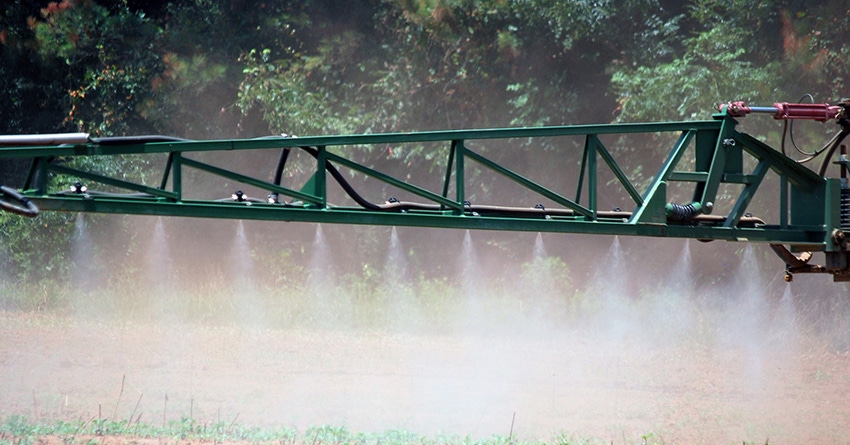
Paraquat applicators will need to take a specific training and get proper certification to comply with 2019 labels of paraquat products.
An EPA-approved paraquat applicator training can be taken online, where documentation can also be printed out to be kept on file. The training and documentation must be completed before mixing, loading or applying paraquat under 2019 labels.
(EDITOR'S NOTE 3-19-19: The 2019 paraquat labels that require the new training and certification will come out later this fall.)
According to the EPA, “The training provides important information about paraquat’s toxicity, new label requirements and restrictions, and the consequences of misuse. The training must be retaken every three years. Although this training is a paraquat label requirement, a state may choose to approve it for continuing education,” the agency states on the training site.
To find the contact information for your state lead pesticide agency, see the National Pesticide Information Center’s webpage on state pesticide regulatory agencies.
Used for burndown before planting, preemergence weed control in peanuts and as a soybeans defoliant harvest aid, paraquat is an important herbicide in diverse weed management systems across much of the Southeast farm landscape. It is marketed under brands such as Gramoxone, Firestorm, and others.
Southeast Extension specialists and agents have urged growers this spring to take the online course and get up-to-date proper certification and documentation.
One of the purposes of the paraquat training, according to EPA, is to reinforce that paraquat must not be transferred to or stored in improper containers.
Since 2000, the agency says, there have been 17 deaths – three involving children – caused by “accidental ingestion of paraquat. These cases have resulted from the pesticide being illegally transferred to beverage containers and later mistaken for a drink and consumed. A single sip can be fatal. In addition to the deaths by accidental ingestion, since 2000 there have been three deaths and many severe injuries caused by the pesticide getting onto the skin or into the eyes of those working with the herbicide.”
About the Author(s)
You May Also Like






